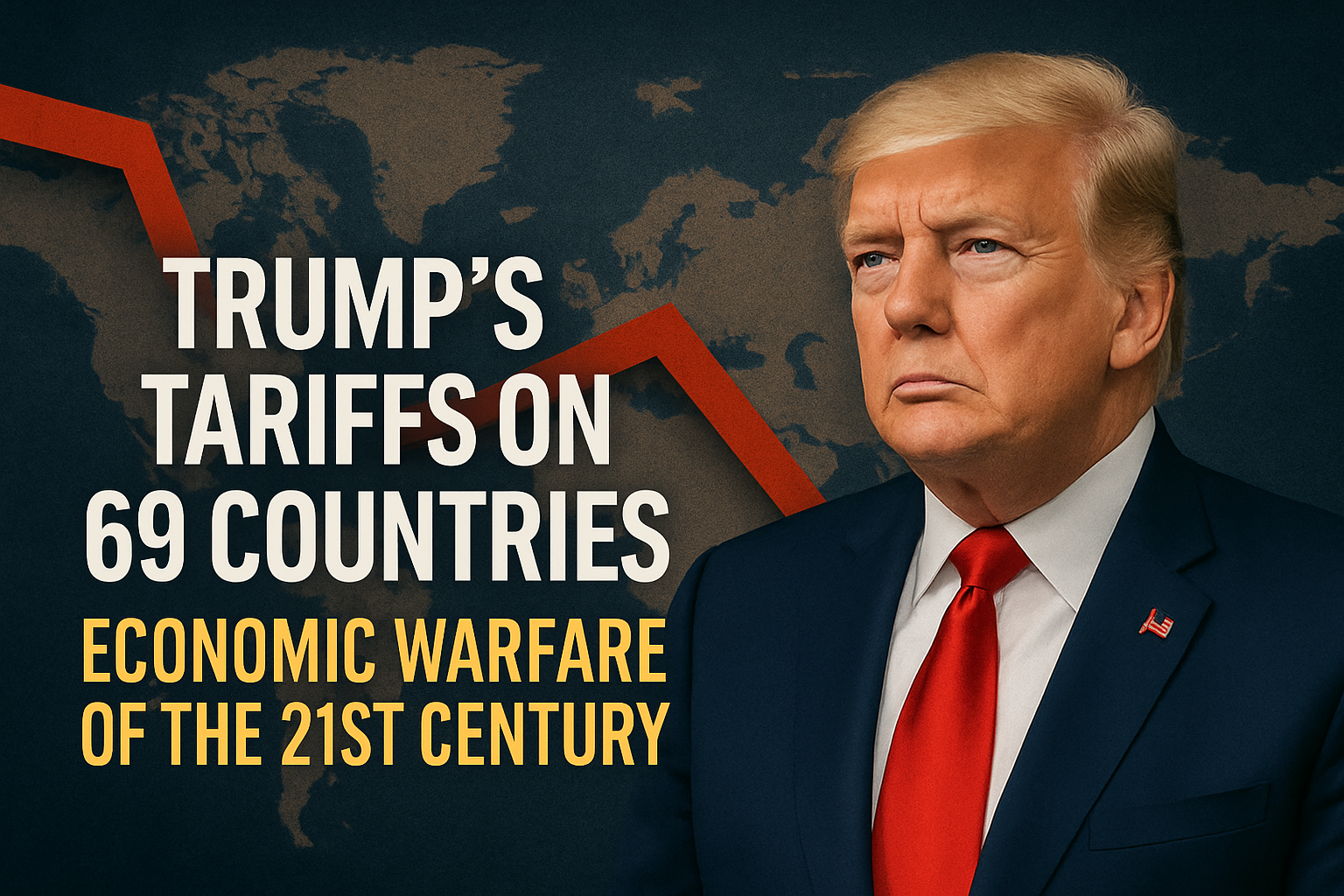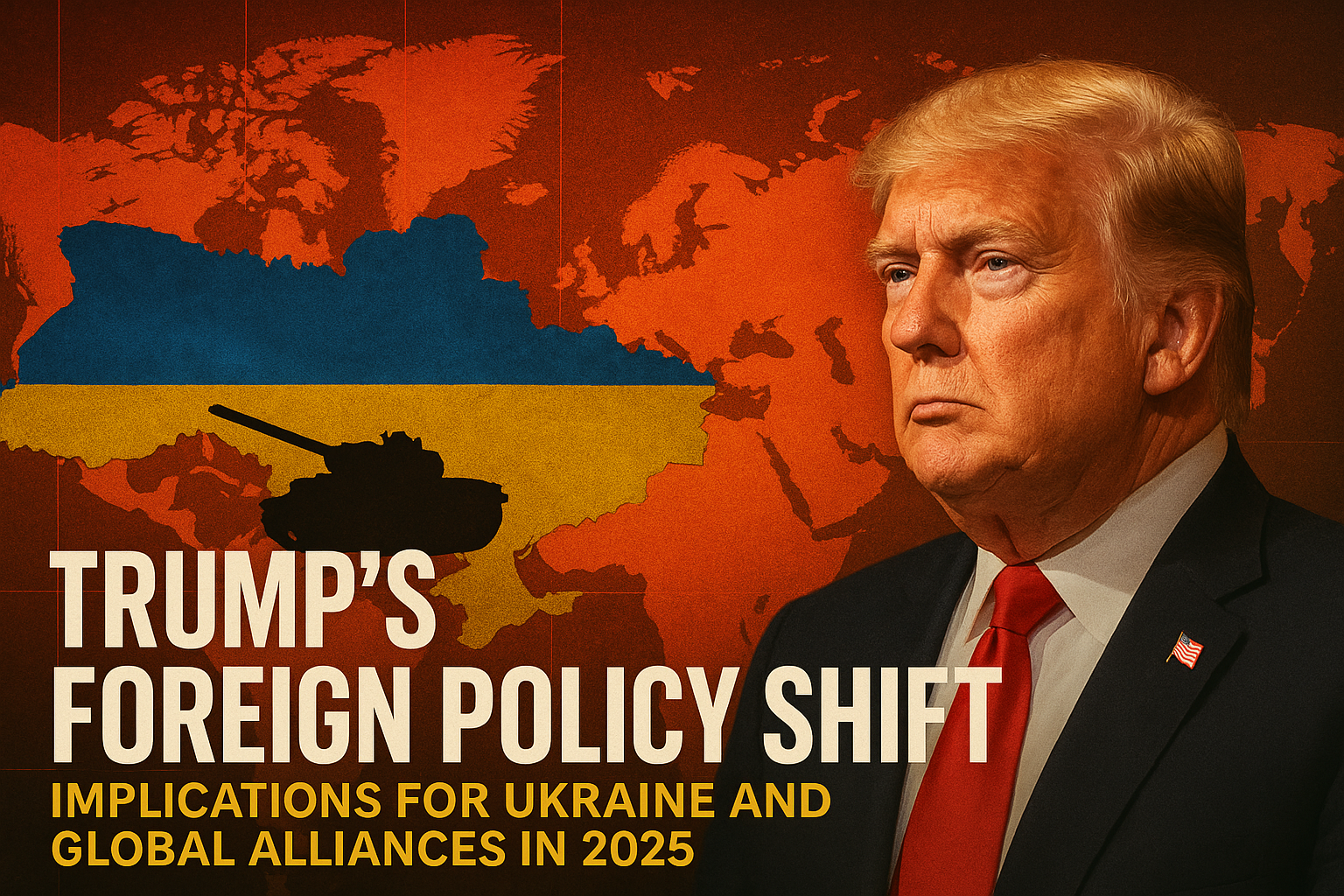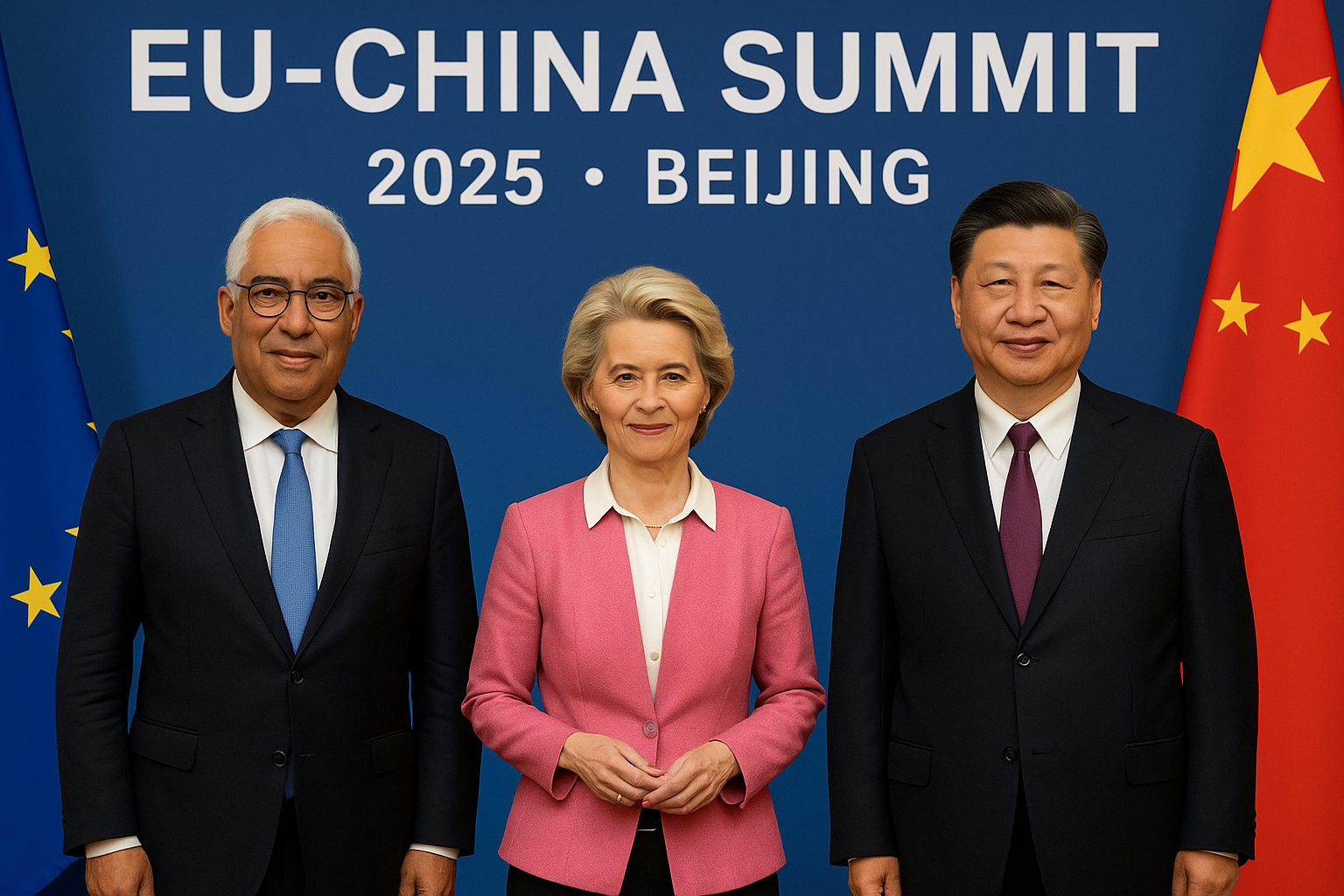In the summer of 2025, President Trump rocked the world stage by unleashing what he called his most ambitious trade move yet, slapping fresh tariffs on 69 countries. Trump’s tariffs on 69 countries will begin from August 7, 2025, ranging from 10% to 41% depending on the country.
However, this isn’t just numbers on a ledger; it’s a full-blown exercise in Economic Warfare, which has become a powerful tool that countries use to achieve their political and strategic objectives. So in this article, we will see what Trump’s tariffs on 69 countries will have an impact on international relations, and how they will shape the Global Economy.
What is Economic Warfare?
Economic warfare means using economic tools such as sanctions, tariffs, and trade barriers to pressure other countries or to change their policies Just as the US has currently imposed sanctions on some countries of the Middle East such as Iran, Iraq, Lebanon and many other countries, this is a war which is fought without weapons and is used as a punishment to cutoff trade and bring down the economy of that country.
- Sanctions: These are restrictions that a country or group of countries imposes on another country, which may restrict trade, financial transactions, or travel. For example, the US and Europe have imposed trade sanctions on Russia because of the Ukraine conflict.
- Tariffs: Import taxes are imposed to protect local companies and industries or to fix trade imbalances, and Trump’s new tariffs are the best example of this.
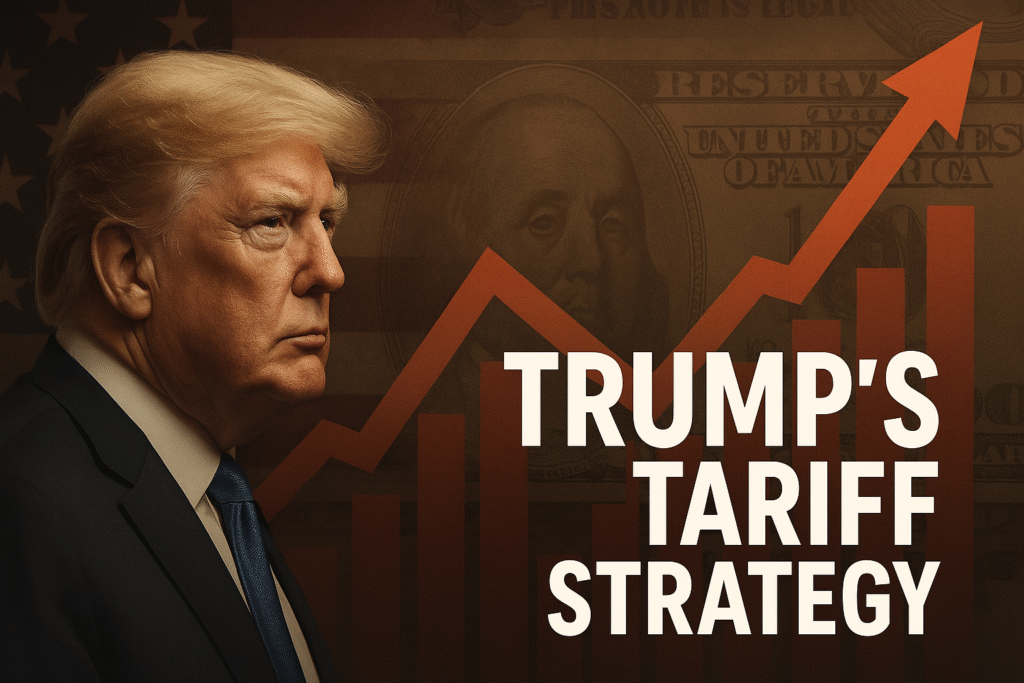
Trump’s Tariff Strategy
U.S. President Donald Trump signed an executive order on July 31, 2025, announcing tariffs on 69 countries. Trump’s tariffs on 69 countries will begin from August 7, 2025, ranging from 10% to 41% depending on the country. Here are some country examples:
- China: After the US-China tariff war, the US has now settled at 10% from 145% after a truce.
- Pakistan: 19% tariffs, previously, tariffs were 29% but decreased after the US-Pakistan trade deal.
- Canada: 35% tariffs, especially on non-USMCA goods, which could affect US-Canada trade.
These tariffs are meant to reduce the US trade deficit and boost American manufacturing companies and industries, in addition to eliminating unfair trade practices. These tariffs are an extensive version of Trump’s previous tariffs, where he imposed heavy duties on China and other countries.
Economic Consequences:
Trump’s tariffs on 69 countries have had an impact on both the US Economy and the Global Economy. So let’s break it down:
- US Economy: Tariffs will protect US domestic companies and industries, just like the 50% steel tariffs, which will be highly beneficial for companies producing steel in the US and will also create jobs. However, an increase in import prices will raise the cost of imported products for the general public and businesses, potentially reducing the country’s GDP by 8% and wages by 7%. This impact will then be felt by middle-class families.
- Global Economy: Trade volumes may decrease as higher tariffs discourage imports. The IMF and OECD have lowered their 2025 Global growth forecasts due to these tariffs. And when countries hit back with their duties, supply chains think electronics and farm goods get tangled. Some Economists are even warning that if this tariff tit-for-tat continues spiraling, we might be heading toward a recession.
Trump’s tariffs on 69 countries were a risky and crazy move that could bring benefits in the short-term, but would face many challenges and problems in the long-term.
Effect on International Relations & on BRICS
Trump’s tariffs on 69 countries are having a major impact on international relations and BRICS. These tariffs are a tool of Economic warfare that can challenge diplomatic ties. Like many countries can take retaliatory measures, they can respond as imposing their own tariffs; The best example of this is China, which has imposed retaliatory tariffs on US agricultural goods, like soybeans, which caused losses to US farmers. This can start trade wars, which disrupt global supply chains.
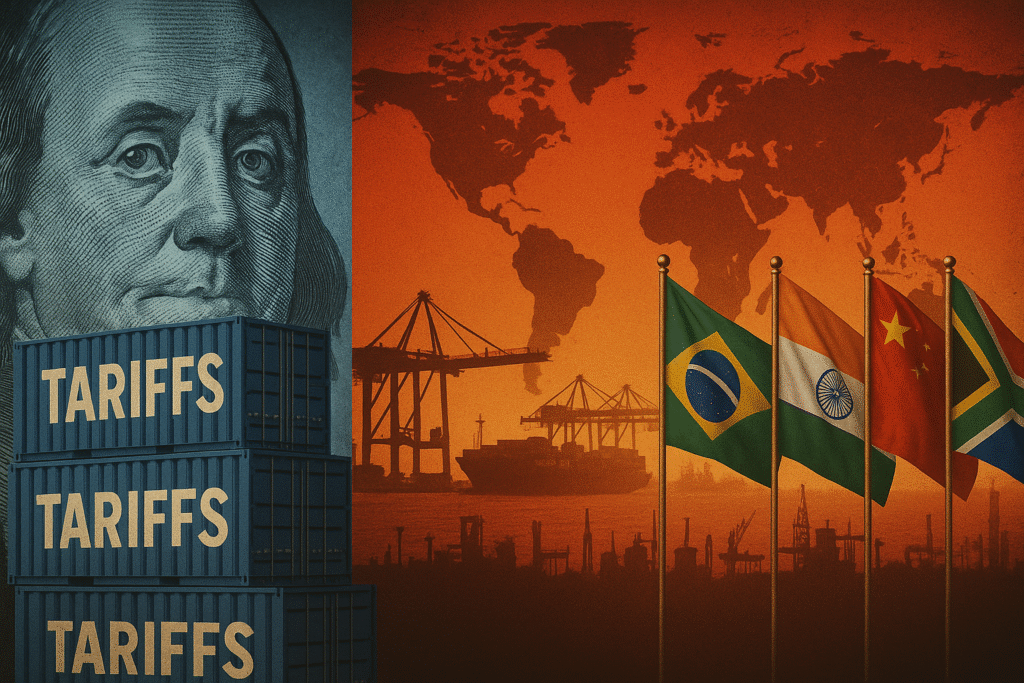
Trump’s tariffs on 69 countries, which also include BRICS countries, are also impacted, such as:
- Brazil: 50% tariffs could hit its economy, especially agriculture and steel exports.
- Russia: Has not imposed tariffs now, but Trump threatens Vladimir Putin to end the war with Ukraine as soon as possible, otherwise will face heavy tariffs.
- India: 25% tariffs could make Indian goods, such as textiles and pharmaceuticals, costly in the US market.
- China: Even though tariffs have fallen from 145% to 10%, ongoing tensions are straining US-China trade relations.
- South Africa: 30% tariffs on certain goods, such as copper, pharmaceuticals, semiconductors, some critical minerals, stainless steel scrap and energy products.
In our previous article, Trump’s Foreign Policy Shift, we saw how Trump is using economic tools like tariffs and sanctions to achieve geopolitical goals, such as pressuring Russia on the Ukraine issue. Trump’s tariffs on 69 countries are also part of the same strategy, where economic leverage is used to achieve diplomatic outcomes.
Conclusion:
In the 21st century, Economic Warfare through sanctions and tariffs is shaping Global Geopolitics. Trump’s tariffs on 69 countries, announced on July 31, 2025, was a bold move taken by Trump that will have a far-reaching impact on international relations, BRICS, and the Global Economy. While these tariffs can protect US industries and domestic companies, their negative effects, such as higher prices and trade wars, are also possible. Read more such insightful articles on Credivox.com to stay updated on Geopolitics & Global trends.

